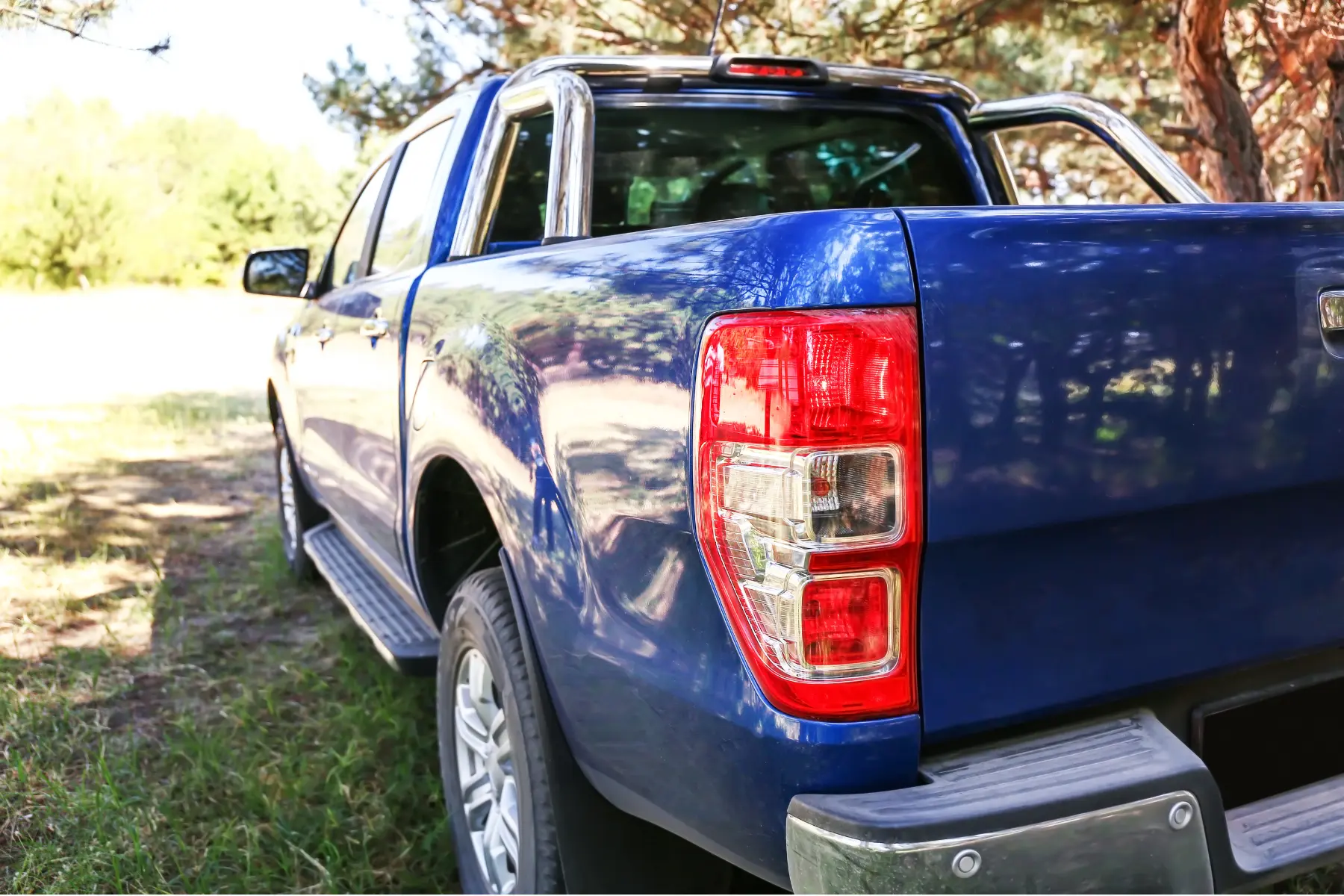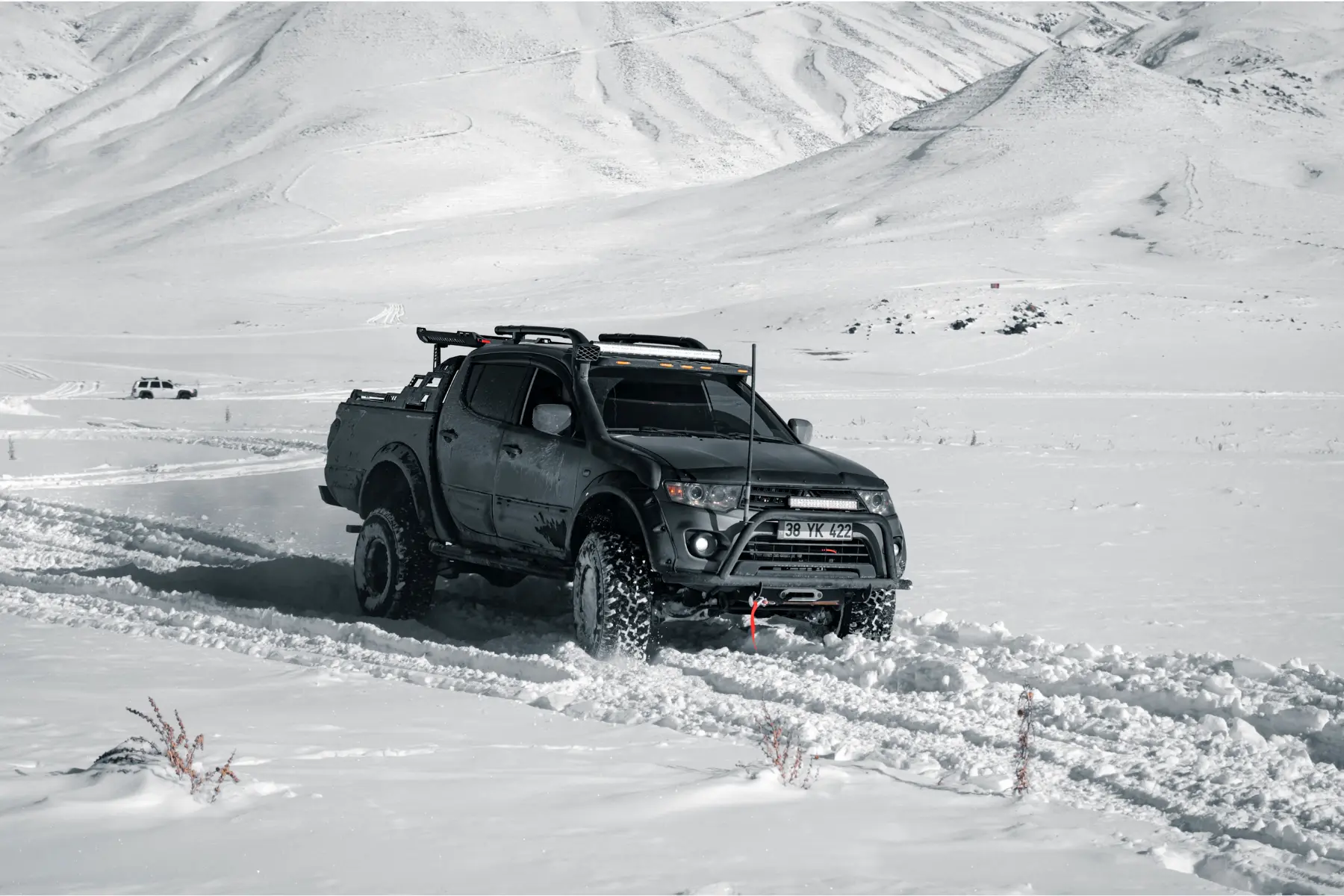The origins of pickup trucks trace back to the early 20th century, initially emerging as practical vehicles designed to meet the needs of farmers and businesses for transporting goods. Over the decades, these vehicles have transformed significantly, not just in design but in function, becoming a symbol of durability and versatility. The history of pickup trucks is a fascinating journey through automotive innovation, where each model reflects the technological and cultural shifts of its time. This blog post explores how these utilitarian vehicles started as simple workhorses and evolved into the sophisticated trucks we see on the roads today.
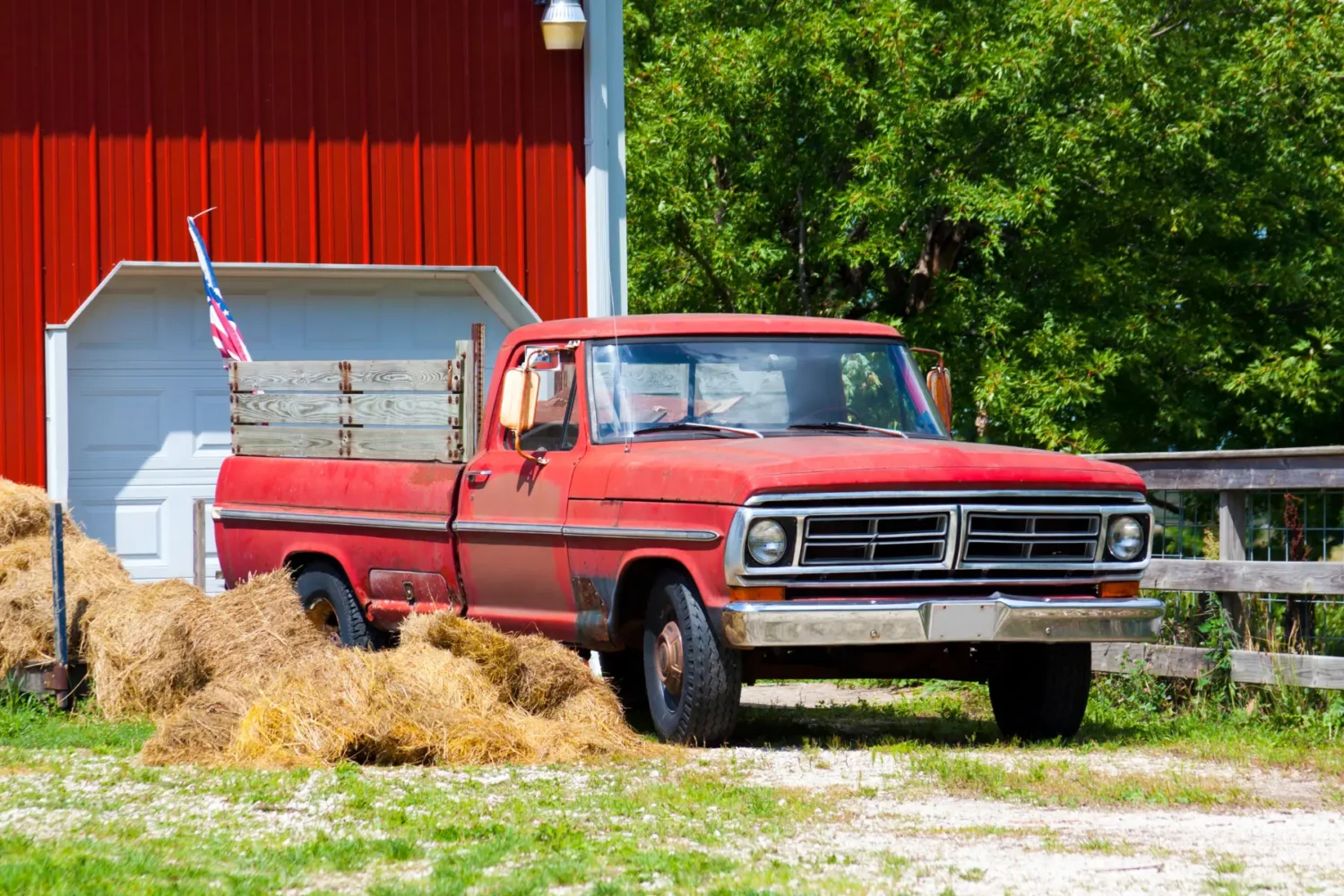
Early Origins of Pickup Trucks
The Birth of the Pickup Truck
The genesis of pickup trucks can be pinpointed to modifications of early automobiles that were adapted for cargo transportation. Manufacturers saw a growing demand from commercial users who needed a vehicle that could carry heavy loads yet remain maneuverable and efficient. Such demand led to the creation of the first pickup trucks, which were essentially passenger vehicles with modified rear bodies. These early modifications were simplistic, focusing solely on utility with little consideration for comfort or aesthetics.
Ford Model T Runabout with Pickup Body
One of the most significant early pickup truck designs came with the Ford Model T Runabout with a Pickup Body, introduced in 1925. This model was revolutionary, offering a factory-built pickup body that integrated the cargo box into the design of the vehicle. The Runabout was affordable and versatile, making it a popular choice for small businesses and rural users. It marked a pivotal moment in the historical pickup truck models, setting a standard for future designs.
Early Designs and Their Functional Focus
Initially, pickup trucks were designed with a clear focus on functionality. The early models featured a rugged chassis, strong enough to endure rough terrains and heavy loads, which were essential for farmers and tradespeople. The interiors were Spartan, equipped with only the bare necessities to keep the costs low and maintenance simple. This era laid the groundwork for the development of pickup trucks, focusing on durability and utility over comfort or luxury.
Market Needs Driving Early Developments
The evolution of pickup trucks in the early days was largely driven by market needs. As America’s infrastructure expanded, so did the need for vehicles that could perform a variety of roles, from agricultural work to urban delivery. Manufacturers responded by diversifying their offerings and tailoring vehicles to better suit the specific needs of different users. The future course of pickup truck advancements was significantly shaped by this responsiveness to market requests.
Classic Pickup Trucks of the 1940s and 1950s
Rise of Chevrolet, Ford, and Dodge
During the 1940s and 1950s, three major American manufacturers—Chevrolet, Ford, and Dodge—became prominent in the pickup truck market. This era was marked by intense competition and innovation among these brands, each striving to outdo the others with more powerful engines and more durable designs. Chevrolet introduced advanced features and stylish designs, while Ford focused on reliability and utility. Dodge made a name for itself with rugged capabilities and engineering excellence. This period was crucial in defining the vintage pickup trucks that are beloved by collectors today.
Key Features of the 1940s and 1950s Models
The pickup trucks from the 1940s and 1950s featured several advancements that set them apart from earlier models. These trucks came with stronger and more efficient engines and better drivetrains. The designs also began to incorporate more comfort and style, moving away from the purely utilitarian focus of earlier trucks. Features such as larger cabs, better seats, and even heating systems started to appear, making these trucks more suitable for personal use as well as work.
Chevrolet Task Force Series
In 1955, Chevrolet launched the Task Force series, a line of trucks that introduced many firsts in terms of design and functionality. This series was among the first to offer an optional V8 engine, dramatically increasing power and performance. The Task Force trucks also featured sleek styling and offered improved driver comfort, which were significant changes in pickup truck design during that time.
The Enduring Legacy of the Ford F-Series
The Ford F-Series, first introduced in 1948, has become one of the most iconic and best-selling pickup trucks in history. The initial models set new standards for truck design with features like integrated front fenders and a more driver-friendly cockpit. Over the years, the F-Series has been synonymous with the pickup truck innovation timeline, consistently introducing new technologies and features that have defined the modern pickup truck. The legacy of the F-Series emphasizes the evolution of the truck from a humble work vehicle to a versatile and sophisticated vehicle that meets a wide range of needs.
Vintage Pickup Trucks from the 1960s and 1970s
Advancements in Engine Power and Suspension
The 1960s and 1970s brought significant pickup truck advancements in both engine power and suspension systems, which enhanced the overall performance and ride quality of these vehicles. To better understand these enhancements, here are some key developments during this era:
- Introduction of the Big Block V8: This period saw the widespread incorporation of big block V8 engines in pickup trucks. These engines, known for their large displacement, provided exceptional power and torque, facilitating enhanced performance for towing and other heavy-duty applications. Consumer and industry expectations for more durable and dependable automobiles increased, and more powerful engines were introduced to satisfy those demands.
- Adoption of Power Steering: With the increase in vehicle size and engine power, the integration of power steering was a crucial advancement. This feature greatly eased the handling of heavier and more powerful trucks, making them more manageable and less strenuous to drive. Power steering thus became a standard in improving the overall driving experience, particularly in scenarios requiring precise maneuvering.
- Improvements in Suspension Technology: The transition from traditional leaf springs to coil springs and the adoption of independent front suspension systems marked a significant improvement in the ride quality of pickup trucks. These innovations offered a smoother and more comfortable ride by better-absorbing road irregularities and reducing the stiffness associated with older suspension setups. Trucks were more comfortable to drive over long distances and uneven terrain in addition to being able to carry heavier loads.
- Increased Use of Four-Wheel Drive: The availability and increased incorporation of four-wheel-drive systems in pickup trucks during this era enhanced their versatility and safety. This feature improved traction and stability, particularly under adverse weather conditions or in off-road settings, therefore expanding the practical applications of pickup trucks beyond traditional boundaries.
The advancements in pickup trucks during the 1960s and 1970s exemplify the automotive industry’s response to the changing needs and expectations of consumers. These improvements in engine performance, handling, comfort, and safety not only redefined the capabilities of pickup trucks but also cemented their role as indispensable tools in various sectors, paving the way for future innovations in vehicle design and technology.
Chevy C/K Series
Introduced in 1960, the Chevy C/K series became known for its reliability and superior performance. This series featured a more modern design with a lower profile and a broader front grille, which differentiated it from its predecessors. The C/K series offered a range of engine options, including the robust inline-six and the powerful small-block V8, catering to both economy and power needs. The durability and versatility of the C/K series cemented Chevrolet’s reputation for producing dependable and capable trucks, making it a favorite among vintage truck enthusiasts.
Dodge D Series
Dodge introduced its D Series trucks in the early 1960s, which quickly gained popularity for their robust construction and expanded capabilities. It was also among the first to offer factory-installed air conditioning, reflecting the growing trend of using pickup trucks for both work and personal life.
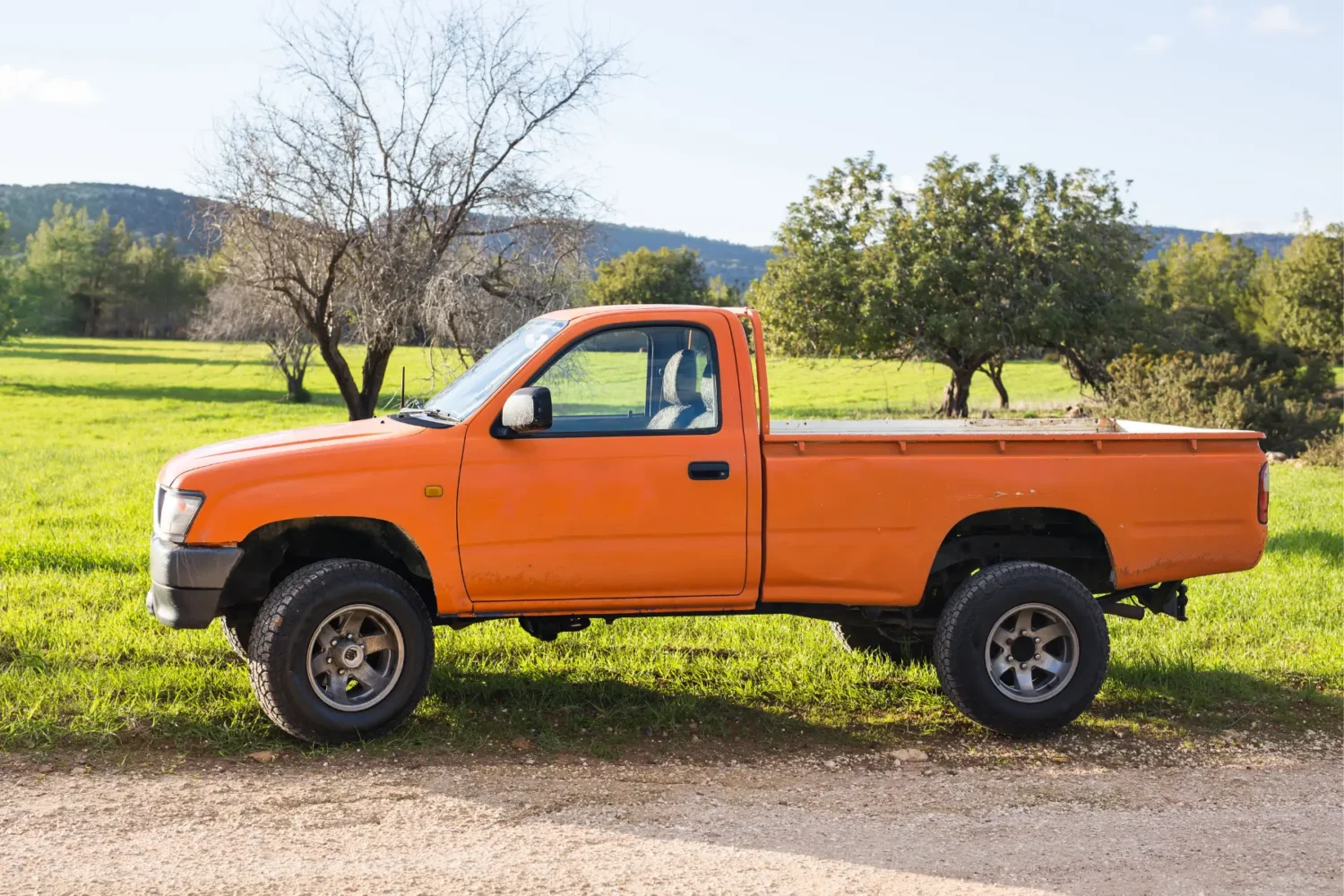
Transformations in the 1980s and 1990s
Aerodynamic Designs and Fuel Efficiency
The 1980s and 1990s heralded a pivotal shift in pickup truck design, focusing significantly on aerodynamics and fuel efficiency. This era saw manufacturers rethinking traditional truck designs to reduce drag and improve gas mileage in response to rising fuel prices and environmental concerns. In this context, the following developments were particularly noteworthy:
- Wind Tunnel Testing: During this time, manufacturers invested in wind tunnel testing as a core part of their design process. This method proved pivotal in refining the shapes of trucks to minimize aerodynamic drag. By streamlining body shapes, the trucks encountered less air resistance, which directly improved fuel efficiency. The insights gained from these tests led to significant design alterations that have become standard in the industry, establishing wind tunnel testing as an indispensable tool in vehicle design.
- Electronic Fuel Injection (EFI): The transition from carburetors to electronic fuel injection systems marked a significant advancement in automotive technology. EFI systems offer more precise fuel metering and better control over engine combustion, which not only boosts efficiency but also reduces emissions. This technology was crucial in meeting stricter environmental regulations and consumer demands for more efficient vehicles. By optimizing fuel delivery, EFI systems enhanced the overall performance and reliability of trucks, making them more appealing to a broader market.
- Overdrive Transmissions: These transmissions enable the engine to operate at lower revolutions per minute (RPM) during highway driving, which conservatively uses fuel and reduces engine wear over time. Long-distance drivers stood to gain the most from this advancement as it improved mileage and decreased engine strain, both of which increased car longevity.
- Introduction of Diesel Engines: The adoption of diesel engines in light-duty trucks became more prevalent due to their superior fuel economy and high torque capabilities, ideal for towing and hauling heavy loads. Diesel engines offer an attractive alternative to gasoline engines, particularly in scenarios requiring robust performance. Their ability to deliver higher torque at lower RPMs makes them exceptionally efficient and durable, which is highly valued in commercial and heavy-duty applications.
In addition to addressing the pressing issues of fuel economy and environmental impact, the advancements in pickup truck design during the 1980s and 1990s also established new benchmarks for vehicle design. These innovations continue to influence modern vehicle engineering, showcasing a pivotal era of transition and technological advancement in the auto industry.
Toyota Tacoma and GMC Sierra
The Tacoma, introduced in 1995, quickly became renowned for its durability and reliability, particularly appealing to those who needed a smaller, more maneuverable truck. Meanwhile, the GMC Sierra offered a variety of powerful engine options and luxury features, positioning itself as a premium choice in the full-sized truck segment. Both models showcased significant technological advancements, including enhanced safety features and more powerful, efficient engines.
Extended and Crew Cab Configurations
The late 20th century also saw the rise of extended and crew cab configurations, which became increasingly popular for their added passenger space. These configurations allowed pickups to double as family vehicles, offering the practicality of a sedan with the utility of a truck. This evolution was significant in the modern pickup truck evolution, as it expanded the market from traditional commercial users to families and lifestyle users, broadening the appeal of pickup trucks significantly.
Modern Advancements in Pickup Trucks
Technological Innovations and Luxury Features
Today’s trucks offer a blend of sophistication and utility with advanced driver-assistance systems, high-quality interior materials, and state-of-the-art entertainment options. The emphasis has shifted towards creating a more connected and comfortable driving experience, incorporating elements like touchscreen infotainment systems, wireless connectivity, and automatic climate control. These enhancements have transformed pickup trucks into versatile vehicles that are as suitable for a night out on the town as they are for hauling and towing.
Advanced Infotainment
Features such as adaptive cruise control, lane-keeping assist, and automatic emergency braking are now common. These systems not only enhance the driving experience but also significantly improve vehicle safety, making pickups a popular choice among families. Infotainment systems with large touchscreens, voice commands, and seamless smartphone integration ensure that drivers stay connected without distraction, aligning with the latest consumer expectations for technology and convenience.
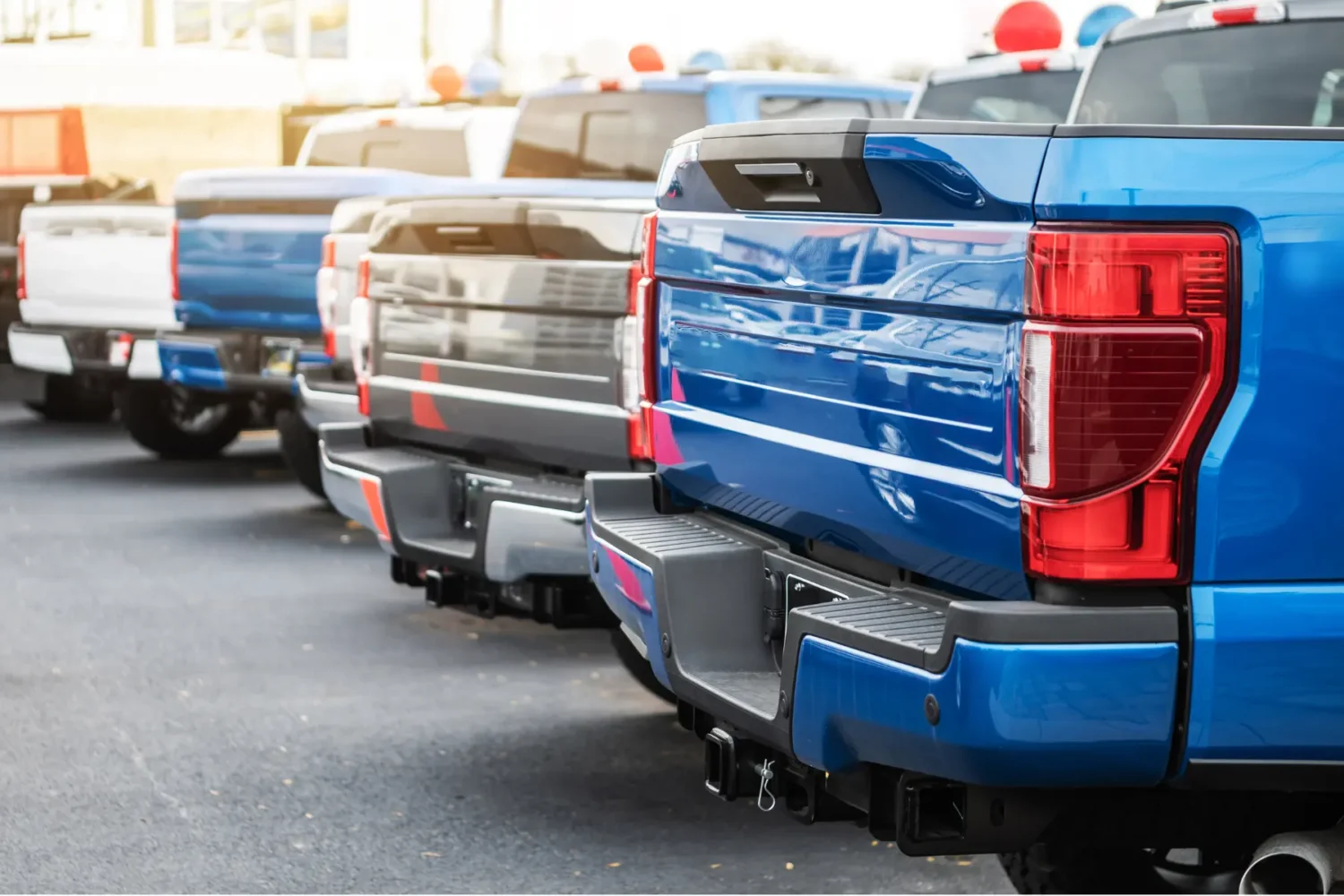
Rise of Electric Pickup Trucks
A groundbreaking development in the pickup truck market is the rise of electric models, such as the Rivian R1T and the electric Ford F-150. These vehicles are set to redefine the future of the segment with zero emissions, incredible torque, and innovative storage solutions. The Rivian R1T, for instance, offers a unique “gear tunnel” that provides extra cargo space for adventure gear, while the electric Ford F-150 leverages lightning-fast acceleration and the ability to power a home during outages.
From their humble beginnings as modified passenger vehicles to the high-tech, multifunctional models of today, pickup trucks have undergone a remarkable evolution. Each decade has brought new advancements that have enhanced their power, functionality, and comfort. This journey has seen pickups transform from basic utility vehicles to symbols of innovation, capable of meeting the diverse needs of consumers around the world.
